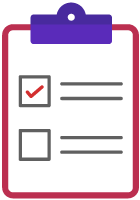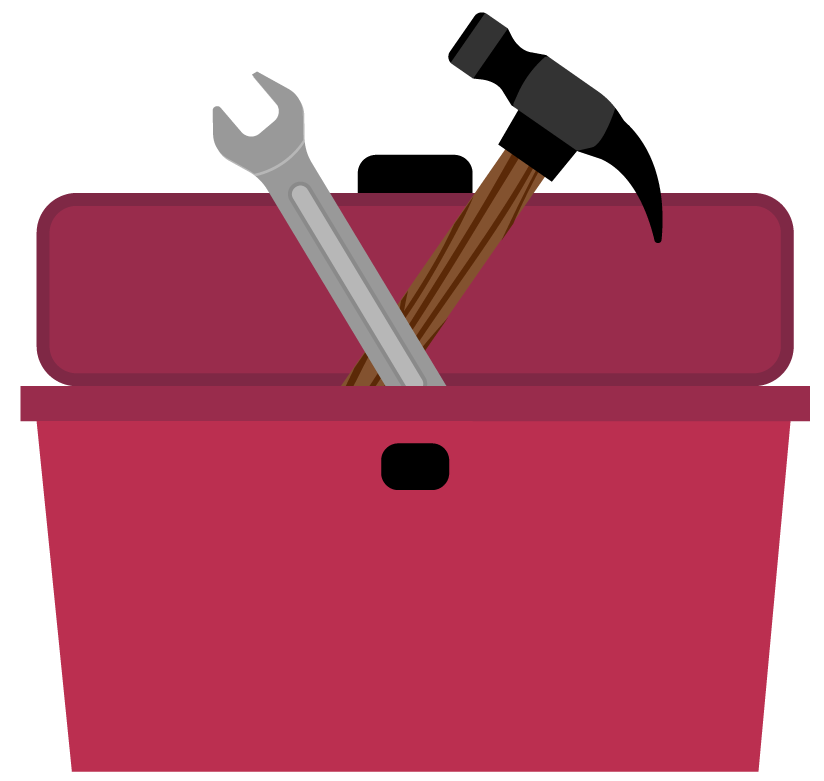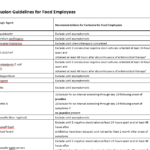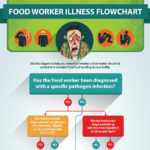Home > Control Measures > Excluding Ill Workers
Excluding Ill Workers


Target Objectives
- Determine the circumstances under which a food handler should be excluded from work
- Determine the criteria for a food handler to return to work

Strategic Check
Prior to exclusion
- Questions to consider:
- Is the etiologic agent suspect/confirmed? What is the incubation period?
- Is the outbreak ongoing?
- Is the food handler currently symptomatic?
- Was the food handler out ill or symptomatic in the weeks prior to the outbreak?
- Did the food handler submit a stool sample? Results?
- Review the employee's job duties (Do they prepare/handle food? Cooked or ready-to-eat foods?)
- Check the recommendations of the state and/or local jurisdiction
- Evaluate and discuss the implications of excluding the food handler
- Determine how long you expect the food handler will be excluded from work
- Determine basic set of criteria needed for the food handler to return to work
- Obtain laboratory or epidemiologic evidence to make the exclusion
After exclusion
- Document the criteria for the food handler to return to work
- Connect ill food worker with a (public health) infectious disease physician (if needed)
- Discuss with the manager for the possibility of changing the food handler's duties so they can return to work (i.e. cash register, table busing, etc.)
- Follow-up with the ill food handler to check their disease status, include symptoms and testing results

Tips
- For highly infectious pathogens where cases may be asymptomatic (i.e. Norovirus, Hepatitis A), it may be necessary to require a negative stool or multiple tests before returning to work
- With many pathogens, ill cases can continue shedding the organism in their stool for days to weeks even after they stop experiencing symptoms
- Consult epidemiology and/or healthcare providers on when food workers can return to work



